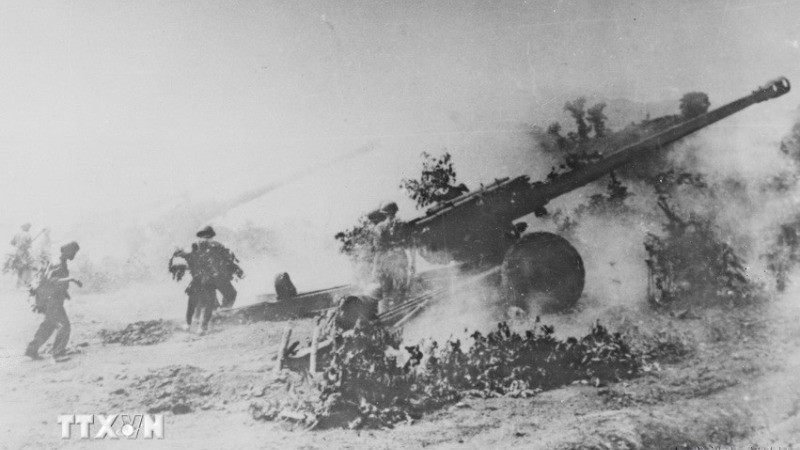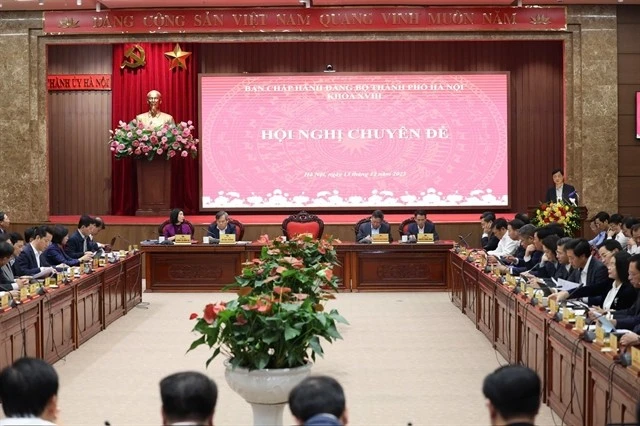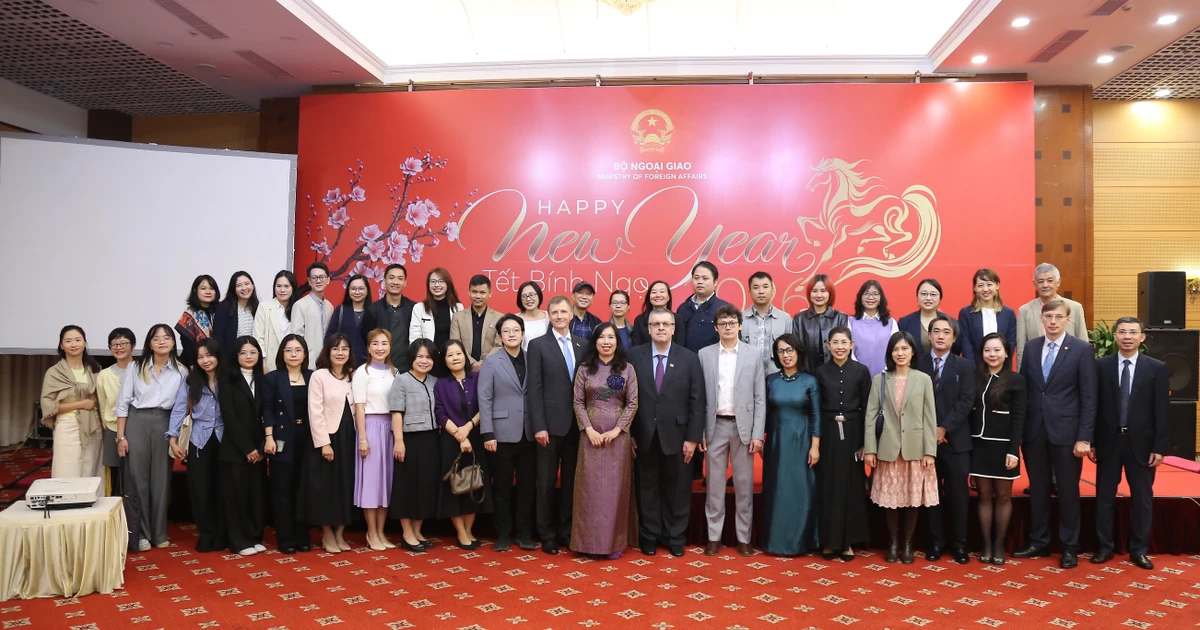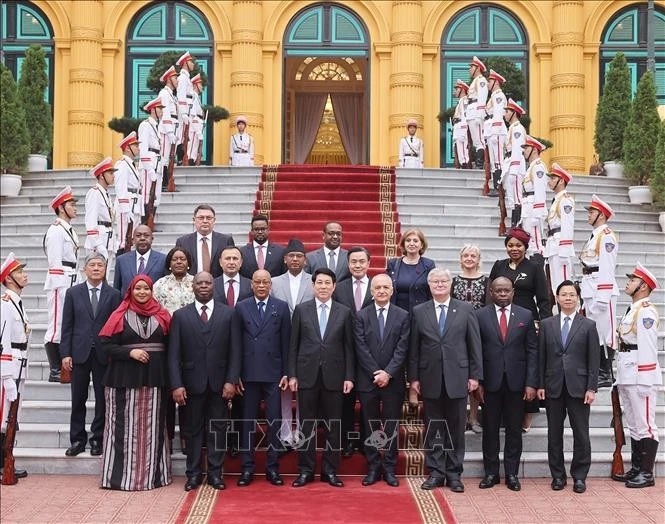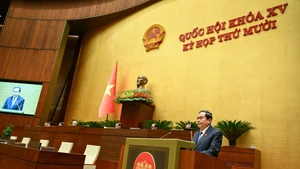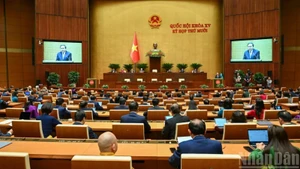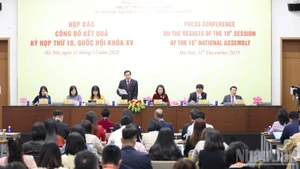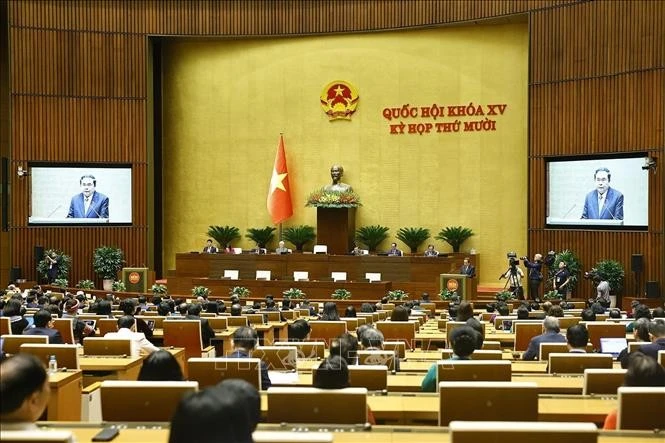Long-range artillery from the front and Brigade 164, positioned at Mui Trau, continuously fired at the military port and airport, destroying many enemy aircraft and warehouses.
Da Nang Airport was paralysed, the enemy's communication centre was destroyed, and their communication lines were severed. The enemy became increasingly panicked.
On direction to Highway 1, on the night of March 28, 1975, the Division 325 was reinforced by a company of six PT85 tanks, attacking the temporary defensive line of the Marine Brigade 258 on Hai Van Pass to penetrate deeper into Da Nang.
In the direction of Highway 14, despite facing many difficulties, by the morning of March 28, 1975, the Regiment 9 of the Division 304 and all reinforced units reached their positions, ready to attack Ti Tu and Da Den, creating a foothold to strike Da Nang from the northwest.
By that evening, Regiment 9 and the reinforced tank, artillery, anti-aircraft, and engineering units were preparing to attack the enemy at Da Den when they received orders from the corps to pursue the retreating enemy. The units formed an attacking formation while advancing, striking the headquarters of the Division 3 of the Republic of Vietnam in Phuoc Tuong.
On the morning of March 28, 1975, Division 304 deployed its forces to attack positions in both directions. The Regiment 24 secured itself at point 1062, conducted reconnaissance, and cleared dozens of kilometres of road through the south of point 1235 near Son Ga Mountain, thus facilitating the rapid movement of troops.
On the Regiment 66's front, Vietnamese units approached enemy checkpoints, secretly removing mines along Highway 14. The artillery of the Regiment 68 moved close to the infantry, suppressed enemy artillery, and supported the infantry's attack.
In the afternoon of March 28, 1975, the enemy bombed and destroyed the Ba Ren and Cau Lau bridges to block our pursuit, but thanks to thorough preparations, we mobilised hundreds of large and small boats from local people on both riverbanks to ferry troops across.
From Quang Nam, at 5:30 AM on March 28, 1975, the Vietnamese artillery campaign began to control Da Nang, the headquarters of the 1st Corps of the Republic of Vietnam, and Son Tra Peninsula. The artillery of the Division 2 of Military Region 5 and the province's firepower strongly attacked Hon Bang, Tra Kieu, Nam Phuoc, and Cau Lau.
By 9:00 AM on March 28, 1975, Regiment 38 had defeated the enemy cluster north of the Ba Ren Bridge. Regiment 96 of the province captured the district capital of Duy Xuyen and Nam Phuoc Town. At the same time, Regiment 56 of the Republic of Vietnam and three security companies in An Hoa-Duc Duc withdrew across the Giao Thuy Bridge to Ai Nghia. By noon, Duy Xuyen District was completely liberated from enemy forces.
In Dien Ban, on March 28, 1975, the enemy retreated from the Trum Giao intersection, both ends of the Cam Ly Bridge, Truong Giang Outpost, and Bo Bo Stronghold. Our armed forces and revolutionary bases in various locations persuaded 2,000 enemy soldiers to surrender.
On the night of March 28, 1975, Regiment 38 crossed the Thu Bon River and captured Vinh Dien Town. Regiment 97 from the Dien Ban area crossed Highway 12 to Dien Ngoc-Hoa Hai (Hoa Vang). The forward command post of the Quang Da front moved from Hon Tau Mountain to Dien Hoa to direct the attack and uprising.
In Hoi An, the stronghold of the puppet government of Quang Nam, at 2:00 AM on March 28, 1975, the local armed forces were transported by local people from Xuyen Thai, Xuyen Tan, Cam Thanh, and Cam Kim across the river, advancing in two directions towards the city centre. At 5:00 AM, the units attacked the administrative building.
Also on March 28, 1975, the main enemy forces in Dai Loc were ordered by their superiors to retreat and concentrate on defending Da Nang. Seizing the opportunity, the Dai Loc District Party Committee launched a mass uprising, taking control of the area east of Sinking Bridge near the foot of Nui Lo Mountain. By 16:00, the main force and local troops attacked and occupied the district capital of Dai Loc.
On Highway 20, in the morning of March 28, 1975, under the support of artillery and tanks, the wings and thrusts of the 7th Division and local forces simultaneously attacked and liberated Bao Loc Town at 9:00 AM. The remaining enemy forces withdrew towards Di Linh, causing a chain reaction of panic.
By noon, the enemy in Di Linh began to retreat. Seizing the opportunity, Vietnamese troops organised an attack and took control of the district and Di Linh Town, capturing a large amount of enemy weapons, ammunition, and equipment.
On the Binh Tuy-Long Khanh front, the Division 6 of Military Region 7 continued to pursue the enemy at Base 4 on National Highway 1 and liberated an important area from Base 4 to Base 10 in the Rung La area on National Highway 1 (within Binh Tuy's territory).
